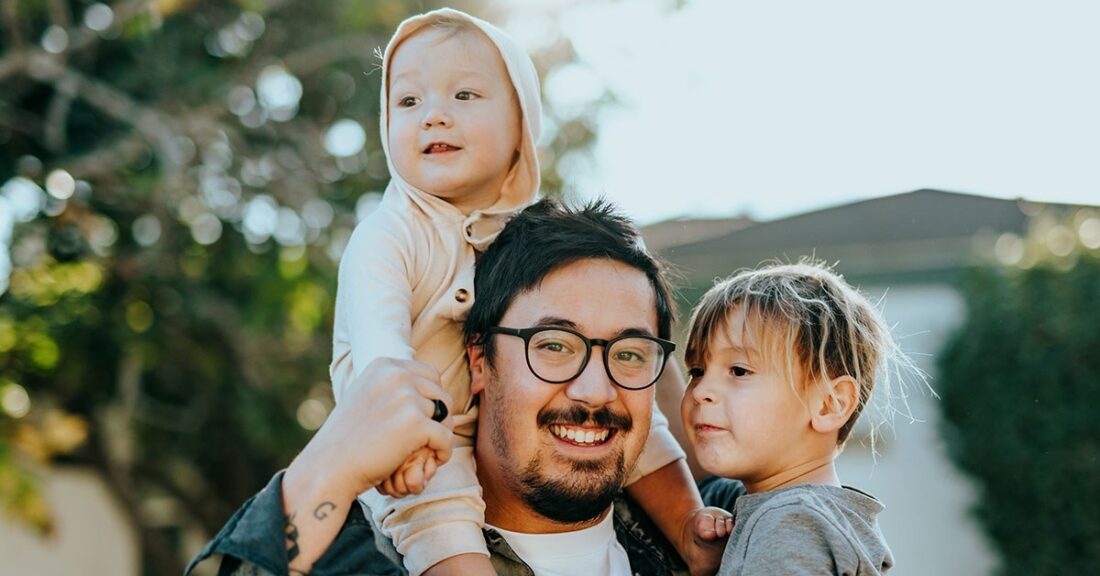Journal Article Identifies Research Gaps to Strengthen Child Welfare

An article recently published in the journal Children and Youth Services Review discusses the findings of an Urban Institute project identifying gaps in child welfare research. The project, funded by the Annie E. Casey Foundation, Casey Family Programs and the William T. Grant Foundation, surveyed 300 child welfare researchers and constituents of the system across the country ― including birth families, foster parents and young adults formerly in foster care.
The peer-reviewed article makes the case that filling the research gaps identified by those who responded can help public agencies more effectively meet the needs of the people they serve — particularly children and youth of color, who are overrepresented in the child welfare system.
Questions and Answers About Gaps
When asked about evidence gaps that prevent child welfare systems from being more effective, respondents most often identified agency policies and rules (63%); tools for decision-making (63%); child welfare practices (62%); and federal and state policy (62%).
The respondents’ priority areas for research funding were: prevention of entry into foster care (48%); prevention of abuse and neglect (35%); dynamics that affect the child welfare workforce (33%); and cross-system collaboration (29%).
Respondents’ comments about agency reform reflect the need for proven strategies that promote cross-system collaboration — for example, partnerships with employment and housing systems to ensure parents have stable jobs and homes — and communication across child welfare stakeholder groups.
Evidence-based Programs for Child Welfare
Allison Holmes, a co-author of the article and a senior research associate with the Casey Foundation, noted that respondents selected different key evidence gaps and funding priorities — a misalignment that may reflect a need to use existing research evidence differently and to coordinate the use of effective programs across sectors and at larger scale to prevent child welfare system involvement.
“This study highlights the need to build and use evidence about what works in child welfare with all members of child welfare community to ensure we’re asking the right questions for families and for practitioners to use,” says Holmes. “The Casey Foundation and other funders plan to use the study to develop a responsive and impactful child welfare research agenda.”





